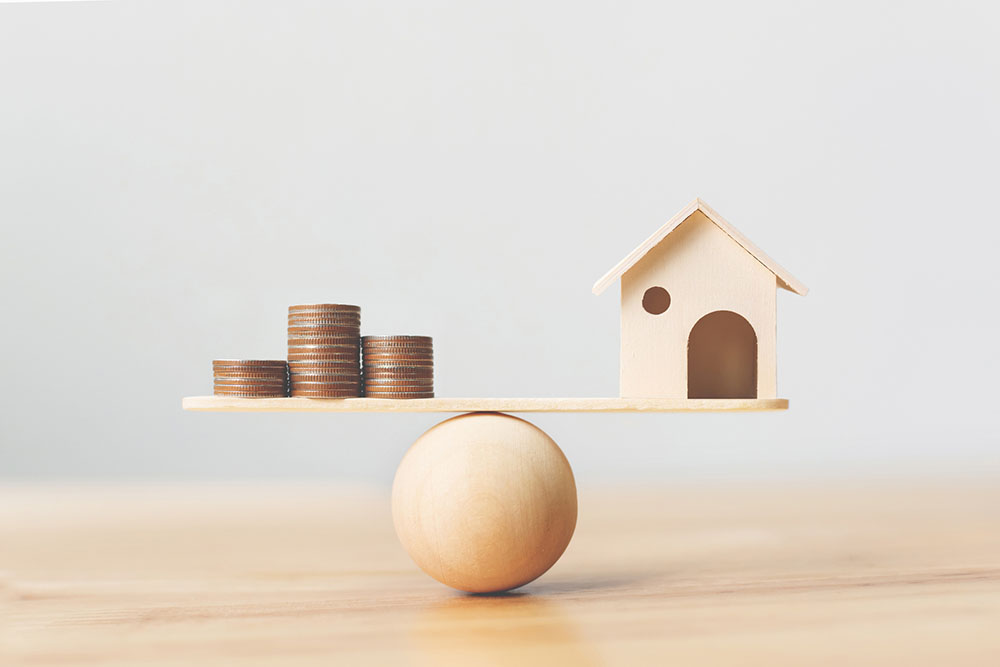Pound cost ravaging
With annuity rates low and anticipated to become even lower, many retirees avoid or delay annuity purchase. Instead they seek to live off the investments of their pensions. If you are in this situation, even if you are comfortable to continue to take the risk of investing, you now face the additional risk of running out of money – longevity risk. A facet of this risk is “pound cost ravaging” i.e. when markets fall, more of your investments need to be sold to generate a constant income and as a consequence there are less investments left to benefit from a rebound in markets. Think of it as the effect of compound interest in reverse and it can be devastating over time.
Managing this risk is critical, but how?
One approach is just to take the naturally occurring income from your investments, leaving the underlying capital intact. However, this approach requires you having a sufficiently large pension pot and in the current low yield world can mean quite a sizeable pot is required. If this is not possible, or for those who are happy to run down their pension pot, taking a percentage of the value of the pot can be an alternative strategy. This means though that a lower income would be paid if the value of your pension pot falls in value.
The payment of a consistent regular pension income is generally preferred; after all, on-going bills and living expenses are mostly consistently regular! Consequently, the approach of many is to take a regular fixed amount as pension withdrawals and this is when the surprising and long lasting detrimental effects of post-cost ravaging arise during market downturns.
The “Safe Withdrawal Rate” – Does It Exist?
There is a lot speculation as to the “safe withdrawal” rate from pensions, and you may well have heard of the “4% rule” – a rate of withdrawal which is suggested as sustainable for life, based on average life expectancy. This is an American import, research in the UK and based on UK investment returns have shown that the safe rate can be lower or higher depending on market timing and the sequence of returns – effectively the damage done to capital in the early years is irreparable.
One possible solution is to select investments with an income or capital value guarantee. Guarantees come at an additional cost and so hinder performance during times of buoyant returns; however, during market downturns they can become highly valuable – think of it as insurance.
Another solution is to build a cash reserve. It is possible to prevent losses being crystallised by withdrawals if you maintain a cash pot or “buffer” which can be used for income during significant market falls.
Author: Paul Newton FPFS, CertPFS (DM & Securities), STEP Affiliate, is a Chartered Financial Planner for Castlegate Financial Management Limited, a firm of Independent Financial Advisers, authorised and regulated by the Financial Conduct Authority. 8 Castlegate Grantham Lincolnshire. 01476 591022.











